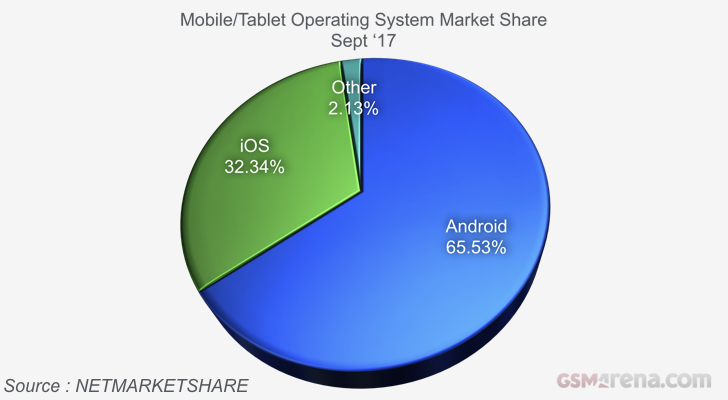 Home
Andriod
IOS
Windows
BlackBerry
Contact us
Home
Andriod
IOS
Windows
BlackBerry
Contact us
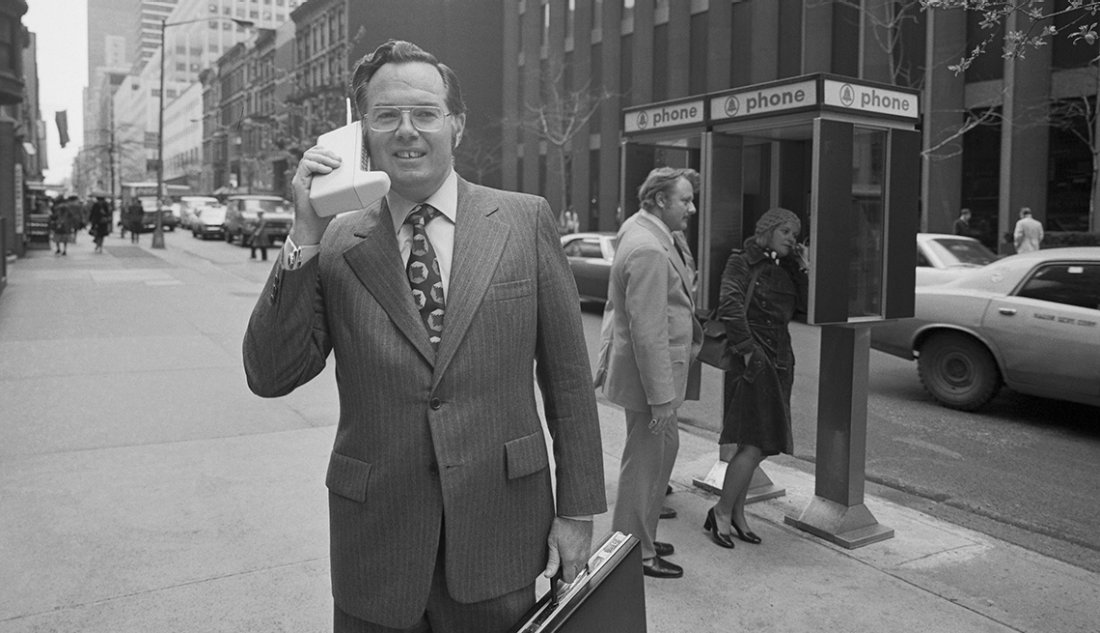
A cell phone combines technologies, mainly telephone, radio, and computer. Most also have a digital camera inside. ... The most used digital network is GSM (Global System for Mobile communication). It is used mainly in Europe and Asia, while CDMA In the 21st century, a new type of mobile phone, called smartphones, have become popular. Now, more people are using smartphones than the old kind of mobile phone, which are called feature phones. (Code-Division Multiple Access) networks are mainly used in North America.
Mobile phones in the 1950s through 1970s were large and heavy, and most were built into cars. In the late 20th century technology improved so people could carry their phones easily. Although Dr. Martin Cooper from Motorola made the first call using a mobile phone in 1973 (using a handset weighing 2 kilograms), it did not use the type of cellular mobile phone network that we use today. The first cellular mobile phone networks were created in 1979 in Japan. Now almost all urban areas, and many country areas, are covered by mobile phone networks.
The development of metal-oxide-semiconductor (MOS) large-scale integration (LSI) technology, information theory and cellular networking led to the development of affordable mobile communications,[1] and devices such as the car phone. The first handheld cellular mobile phone was demonstrated by John F. Mitchell[2][3] and Martin Cooper of Motorola in 1973, using a handset weighing 2 kilograms (4.4 lb).[4] The first commercial automated cellular network (1G) analog was launched in Japan by Nippon Telegraph and Telephone in 1979. This was followed in 1981 by the simultaneous launch of the Nordic Mobile Telephone (NMT) system in Denmark, Finland, Norway, and Sweden.[8] Several other countries then followed in the early to mid-1980s. These first-generation (1G) systems could support far more simultaneous calls but still used analog cellular technology. In 1983, the DynaTAC 8000x was the first commercially available handheld mobile phone.
A handheld mobile radio telephone service was envisioned in the early stages of radio engineering. In 1917, Finnish inventor Eric Tigerstedt filed a patent for a "pocket-size folding telephone with a very thin carbon microphone". Early predecessors of cellular phones included analog radio communications from ships and trains. The race to create truly portable telephone devices began after World War II, with developments taking place in many countries. The advances in mobile telephony have been traced in successive "generations", starting with the early zeroth-generation (0G) services, such as Bell System's Mobile Telephone Service and its successor, the Improved Mobile Telephone Service. These 0G systems were not cellular, supported few simultaneous calls, and were very expensive.
Digital cellular networks appeared in the 1990s, enabled by the wide adoption of MOSFET-based RF power amplifiers (power MOSFET and LDMOS) and RF circuits (RF CMOS),[9][10][11] leading to the introduction of digital signal processing in wireless communications.[1] In 1991, the second-generation (2G) digital cellular technology was launched in Finland by Radiolinja on the GSM standard. This sparked competition in the sector as the new operators challenged the incumbent 1G network operators. The GSM standard is a European initiative expressed at the CEPT ("Conférence Européenne des Postes et Telecommunications", European Postal and Telecommunications conference). The Franco-German R&D cooperation demonstrated the technical feasibility, and in 1987 a Memorandum of Understanding was signed between 13 European countries who agreed to launch a commercial service by 1991. The first version of the GSM (=2G) standard had 6,000 pages. The IEEE and RSE awarded to Thomas Haug and Philippe Dupuis the 2018 James Clerk Maxwell medal for their contributions to the first digital mobile telephone standard.[12] In 2018, the GSM was used by over 5 billion people in over 220 countries. The GSM (2G) has evolved into 3G, 4G and 5G. The standardisation body for GSM started at the CEPT Working Group GSM (Group Special Mobile) in 1982 under the umbrella of CEPT. In 1988, ETSI was established and all CEPT standardization activities were transferred to ETSI. Working Group GSM became Technical Committee GSM. In 1991, it became Technical Committee SMG (Special Mobile Group) when ETSI tasked the Committee with UMTS (3G).
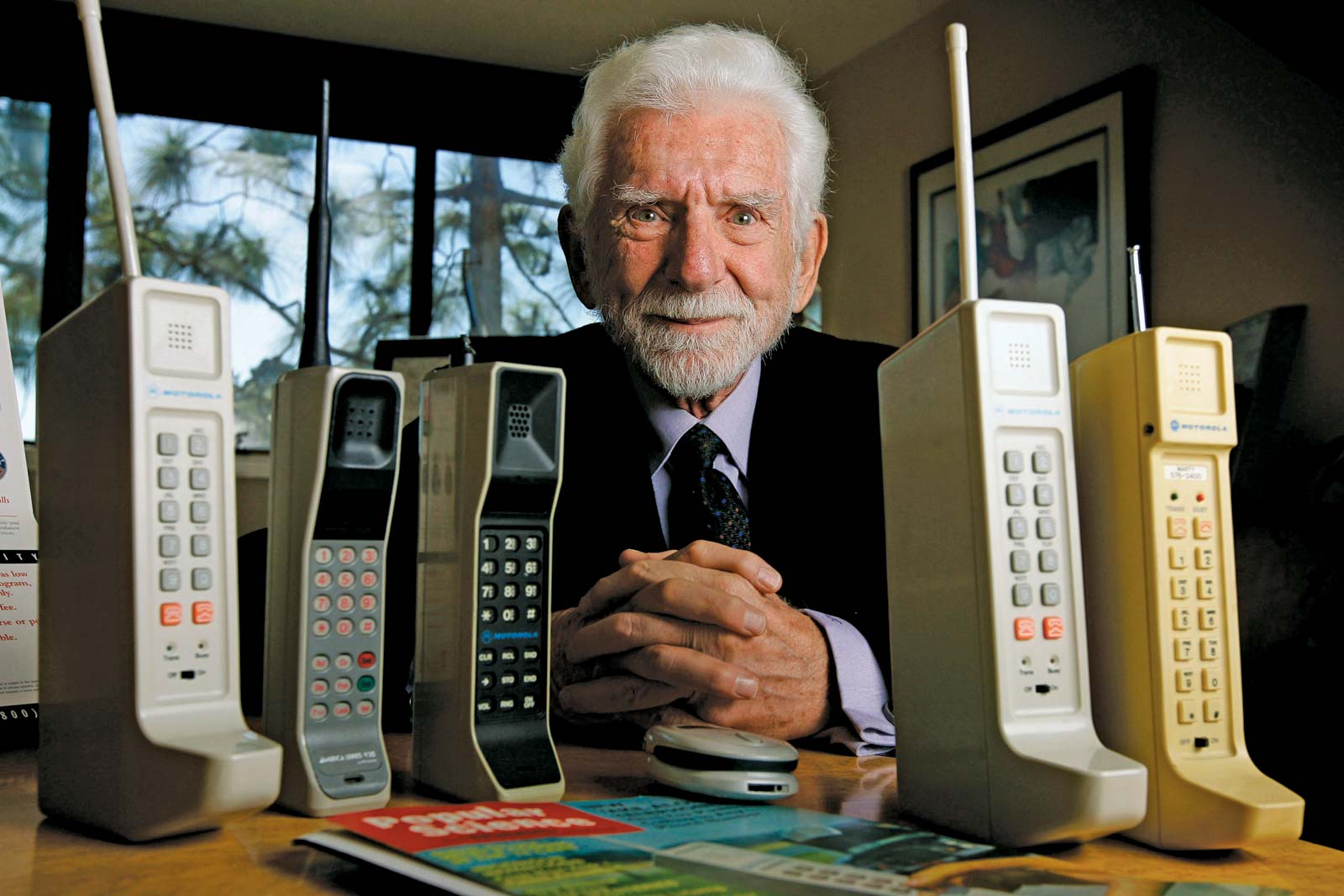
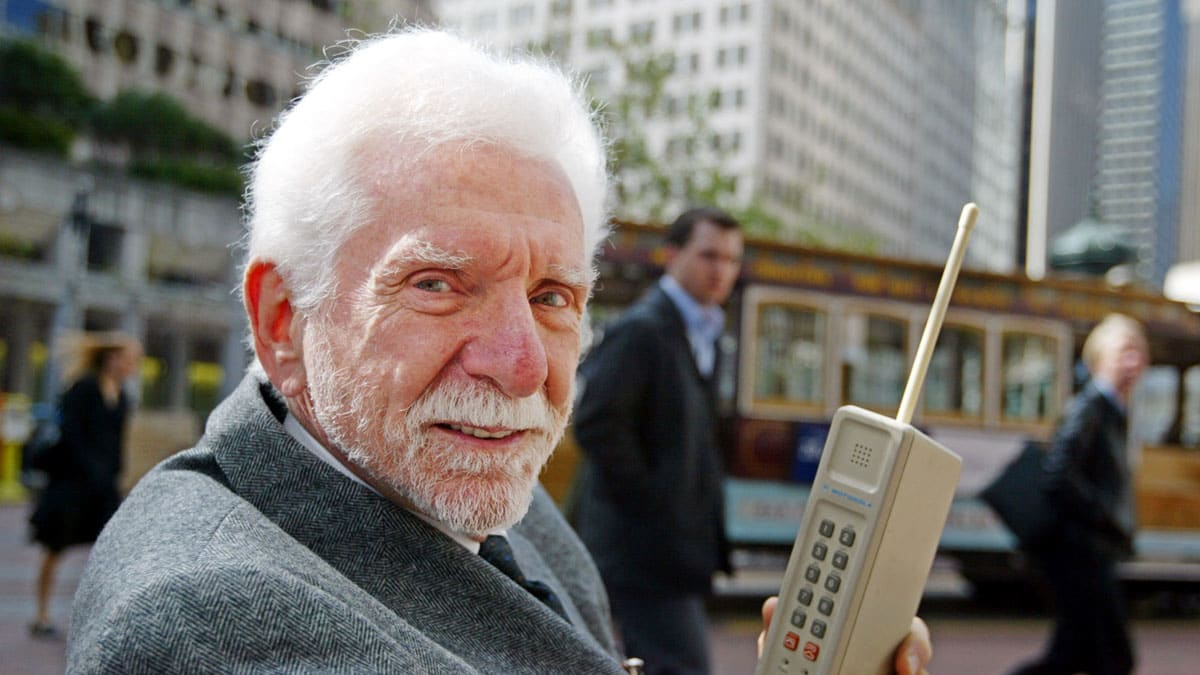
Martin "Marty" Cooper (born December 26, 1928) is an American engineer. He is a pioneer in the wireless communications industry, especially in radio spectrum management, with eleven patents in the field.[1][2] While at Motorola in the 1970s, Cooper invented the first handheld cellular mobile phone (distinct from the car phone) in 1973 and led the team that developed it and brought it to market in 1983.[3][4] He is considered the "father of the (handheld) cell phone"[1][3][5][6] and is also cited as the first person in history to make a handheld cellular phone call in public.[7] Cooper is co-founder of numerous communications companies with his wife and business partner Arlene Harris;[8] He is co-founder and current Chairman of Dyna LLC, in Del Mar, California. Cooper also sits on committees supporting the U.S. Federal Communications Commission[9] and the United States Department of Commerce. In 2010, Cooper was elected a member of the National Academy of Engineering for leadership in the creation and deployment of the cellular portable hand-held telephone.
-->>More About Inventer IN wikipedia<--
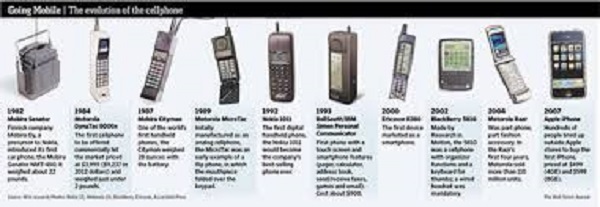
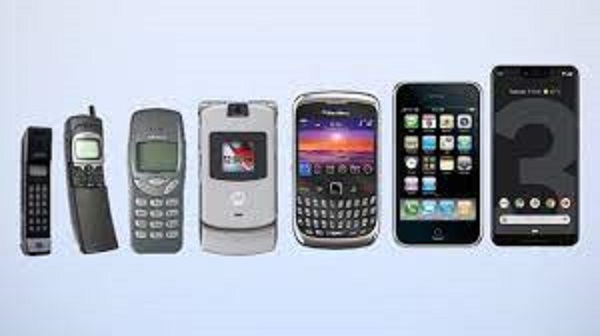
A cell phone combines technologies, mainly telephone, radio, and computer. Most also have a digital camera inside. Cell phones work as two-way radios. They send electromagnetic microwaves from base station to base station. The waves are sent through antennas. This is called wireless communication. Early cell telephones used analog networks. They became rare late in the 20th century. Modern phones use digital networks. The first digital networks are also known as second generation, or 2G, technologies. The most used digital network is GSM (Global System for Mobile communication). It is used mainly in Europe and Asia, while CDMA (Code-Division Multiple Access) networks are mainly used in North America. The difference is in communication protocol. Other countries like Japan have different 2G protocols. A few 2G networks are still used. 3G are more common, and many places have 4G. The radio waves that the mobile phone networks use are split into different frequencies. The frequency is measured in Hz. Low frequencies can send the signal farther. Higher frequencies provide better connections and the voice communications are generally clearer. Four main frequencies are used around the world: 850, 900, 1800 and 1900 MHz. Europe uses 900 and 1800 MHz and North America uses 850 and 1900 MHz. Today there are mobile phones that work on two, three or four frequencies. The most advanced phones work on all frequencies. They are called 'world' phones and can be used everywhere.
The first mobile phone invented for practical use was by a Motorola employee called Martin Cooper who is widely considered to be a key player in the history of mobile phones. Handsets that could be used in a vehicle had been developed prior to Martin Cooper’s phone, but his was the first usable truly portable mobile telephone. Cooper made mobile phone history in April 1973 when he made the first ever call on a handheld mobile phone.
Smart phones are high specification phones that operate like miniature computers. They can usually do tasks like connect to the internet and receive emails. Recent examples of smart phones are the Apple iPhone, Blackberrys and Google Android phones.
